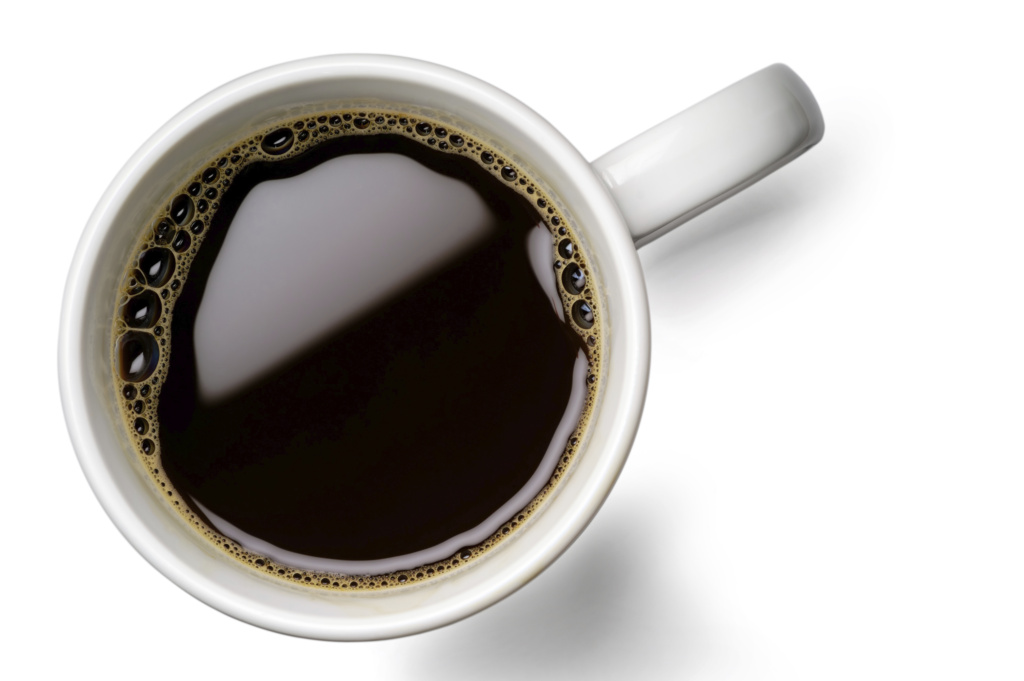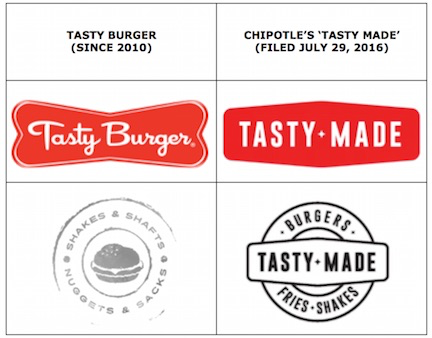Is the Technology for Self-Driving Cars Patent-Eligible?
Published: September 15, 2016
It sounds like a silly question, doesn’t it? After all, self-driving cars represent innovative progress in technology, and patents are intended “to promote the progress of science and useful arts, by securing for limited times to authors and inventors the exclusive right to their respective writings and discoveries.” U.S. Constitution, Article I, Section 8, Clause 8.
But not so fast — courts have found that many software-based inventions for automating known techniques are patent ineligible under 35 U.S.C. §101 (“§101”). The reasoning is that these inventions merely represent abstract ideas, which are not patentable. In fact, even when software was combined with standard hardware, such as computers, displays, cameras, and sensors, many courts have found that the inventions did not involve patent-eligible subject matter. While this article does not focus on any particular patent, one could argue that certain aspects of self-driving cars are just attempts to automate, largely with the use of software and well-known hardware, what humans have been doing for over 100 years — driving cars while trying to avoid accidents. Does that mean such patents would be rejected by the United States Patent and Trademark Office (“USPTO”) or invalidated by a court?
To analyze this issue in more detail, first we should consider the technology that many automobile and technology companies, such as Tesla, Volvo, Toyota, and Google, are developing to enable commercially viable, self-driving vehicles. In fact, some of this technology is already on the road, and numerous patents have already been issued in the field. The technology is based on the use of various combinations of sensors, cameras, computers, and software. For example, radar sensors are used to detect the position of nearby vehicles. Lidar, which uses lasers and sensors, can be used to measure the distance to objects, build a 3D map, and detect hazards, such as the edges of roads and lane markings. Video cameras are used to detect obstacles such as pedestrians and other vehicles, as well as traffic lights and road signs. Ultrasonic sensors in the wheels can be used to monitor car movements and detect curbs and other vehicles, such as for use in automatic parking. But the heart of the system, which most would say is the most complex aspect, is the software that analyzes the data from all of the sensors and controls the car’s systems (e.g., steering, braking, and acceleration) to maneuver it safely.
What have courts said about the patentability of such software-based inventions? In Alice Corp. v. CLS Bank, the U.S. Supreme Court looked at the patentability of certain claims under §101 by applying the two-step test it had set forth in Mayo v. Prometheus. In applying the two-step test, first, a court should determine whether the claims are directed to an abstract idea. If they are, the second step is to determine whether the claims include elements showing an inventive concept that transforms the idea into a patent-eligible invention. While the Court in Alice stated it was treading carefully in invalidating the claims at issue and warned that applying the decision too broadly could “swallow all of patent law,” numerous patents have been invalidated by district courts in light of the decision in Alice.
At this point, the line between abstract idea and patentable invention has been blurred to the point that it is often difficult to determine whether an invention is patentable. For example, the court in The Chamberlain Group LLC v. Linear LLC refused to invalidate claims for a monitoring and alarm system related to network communication between a controller and a movable barrier, such as a garage door. As part of its reasoning, the court noted the claims were “not directed to a method for organizing human activity or computerizing a long-standing commercial practice.” In contrast, other courts have found the use of computers, memory, transmitters, receivers, and networks not sufficient to save patent claims. For example, the court in White Knuckle Gaming v. Electronic Arts invalidated claims on an Internet-based method for updating software because it was an abstract idea and performed on a conventional computer, server, and network. In Visual Memory v. NVIDIA, the court found that categorical data storage was an abstract idea, stating it was a well-known technique performed by humans. The court in Kinglite Holdings v. MicroStar invalidated a BIOS multitasking patent, stating that it was basically a process for doing two things nearly simultaneously and humans do that all the time.
This means that when asserting your patent in litigation, you will likely face a motion to dismiss on the pleadings or an early summary judgment motion if your patent is vulnerable to a §101 challenge. In response, it will be necessary to 1) determine whether claim construction is necessary prior to a ruling, 2) argue what distinguishes your patent from an abstract idea, and 3) explain why your patent involves a sufficiently inventive concept that will transform an abstract idea into a patent-eligible invention under step two of the Mayo/Alice test.
In the case of software and sensors for self-driving cars, the system may be performing a task that humans often perform, but it is probably not doing it in the same manner that humans do. There is a substantial difference between merely writing software to balance a checkbook using substantially the same steps a human would use and designing software that can drive a car. That is because a human could not write down the steps or analysis techniques that one goes through to safely drive and navigate a car in all situations. In fact, researchers have long been trying to understand how humans process images and signals received from the environment. Therefore, one can argue that a self-driving car is not merely an automated implementation of the steps performed by a human. Instead, a different approach and different algorithms suitable for computer implementation have been developed to accomplish the goal of driving. We will have to wait to see if that distinction and argument will prevail.
The question has arisen whether courts can resolve the ambiguities and confusion of patentability under §101, or whether it is time for legislative action. Some argue that the Federal Circuit and Supreme Court should give the district courts the guidance and clarification they need to predictably determine what is patent-eligible under §101. David Kappos, former director of the USPTO, suggested the solution is to abolish §101. Others suggest that amendment of §101 would be sufficient. Until the issue is resolved, additional care must be taken when drafting patents to limit vulnerability to §101 challenges.




